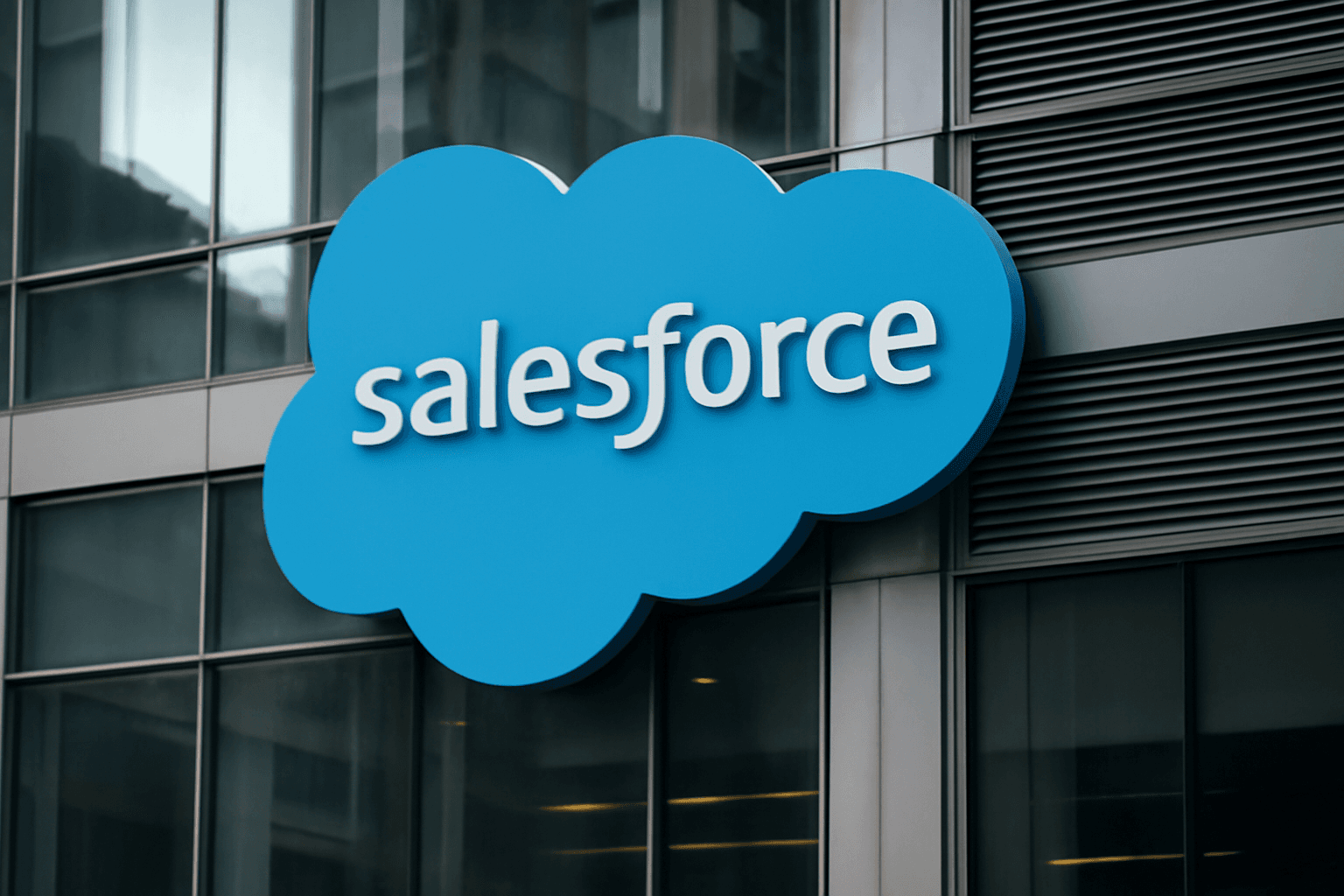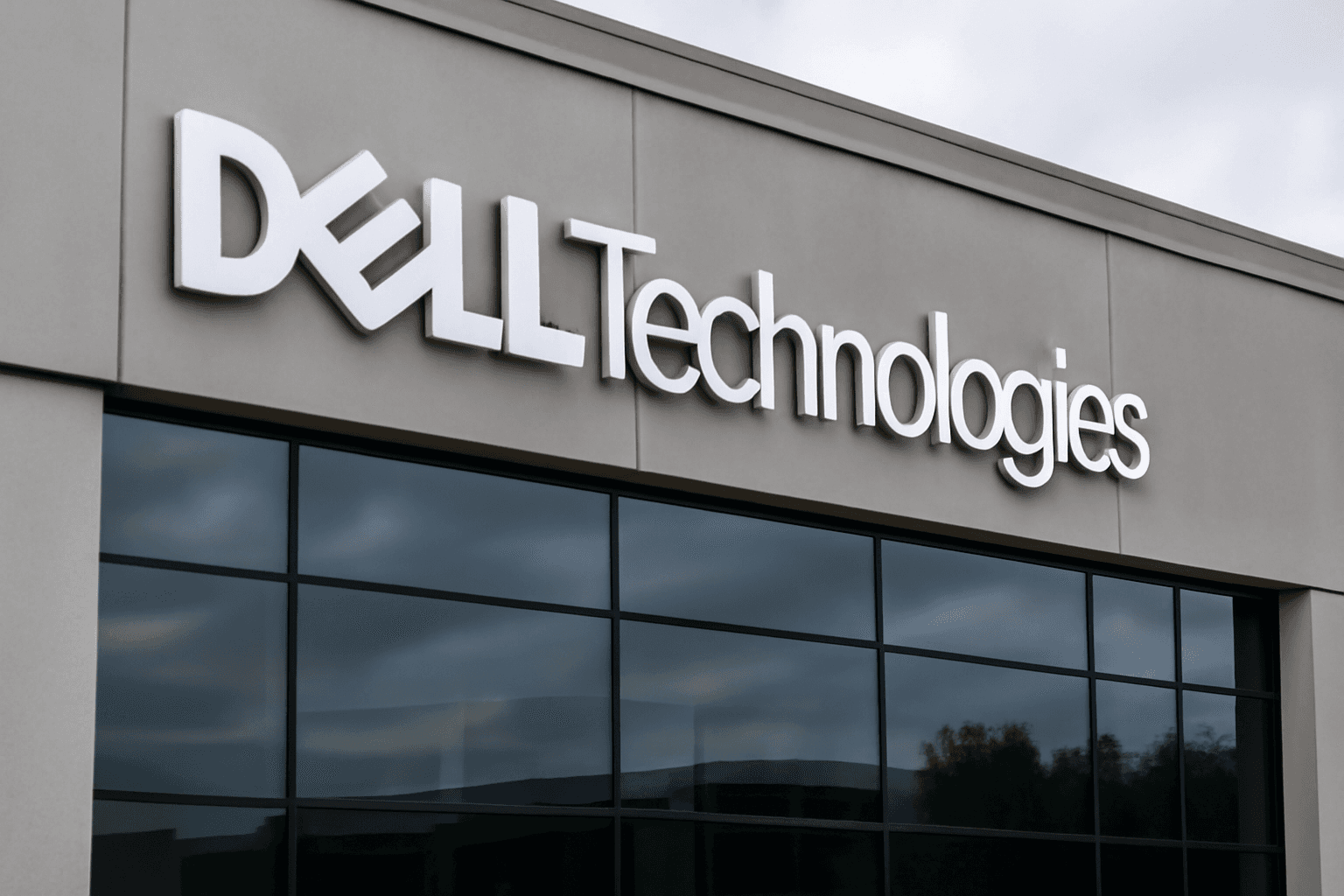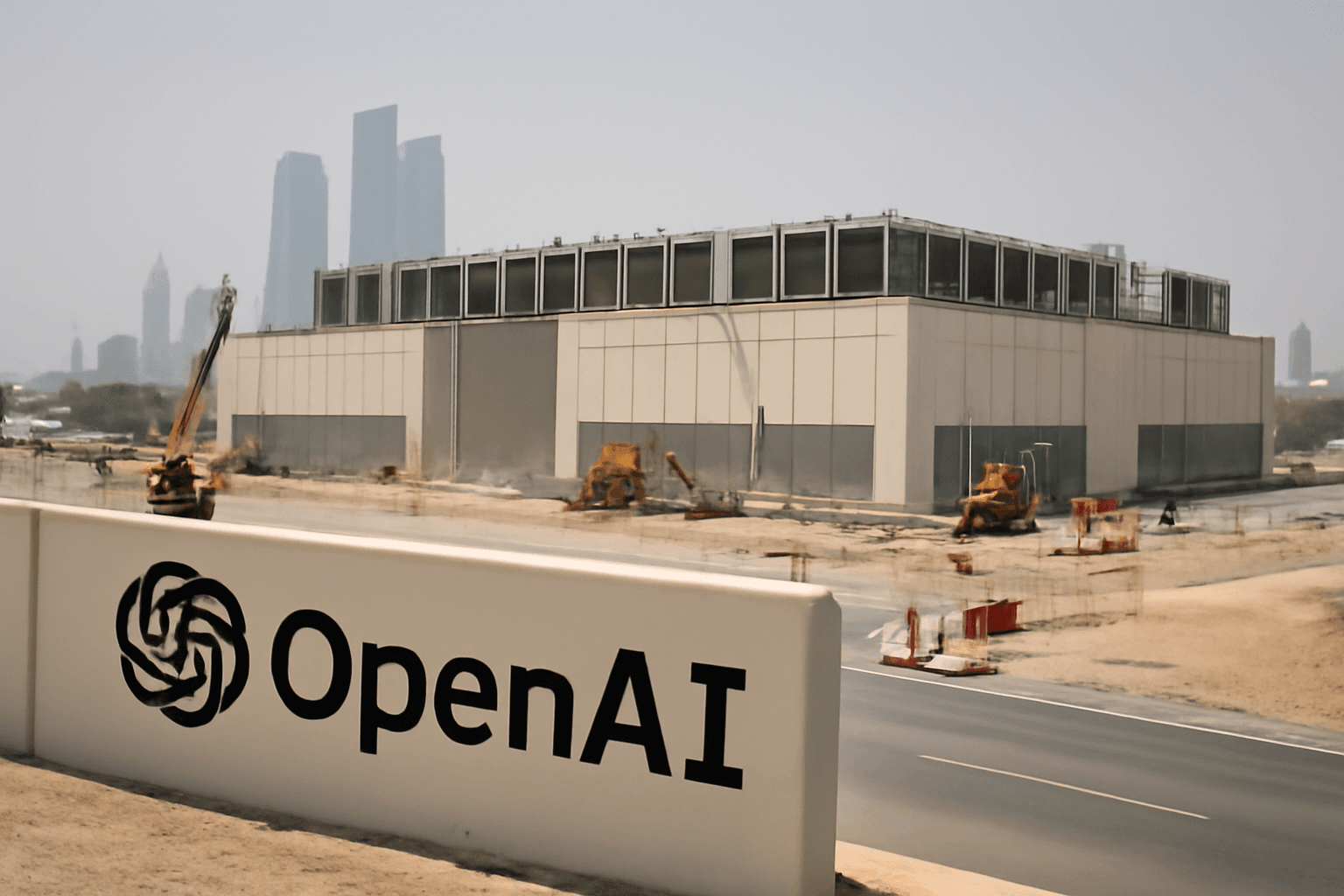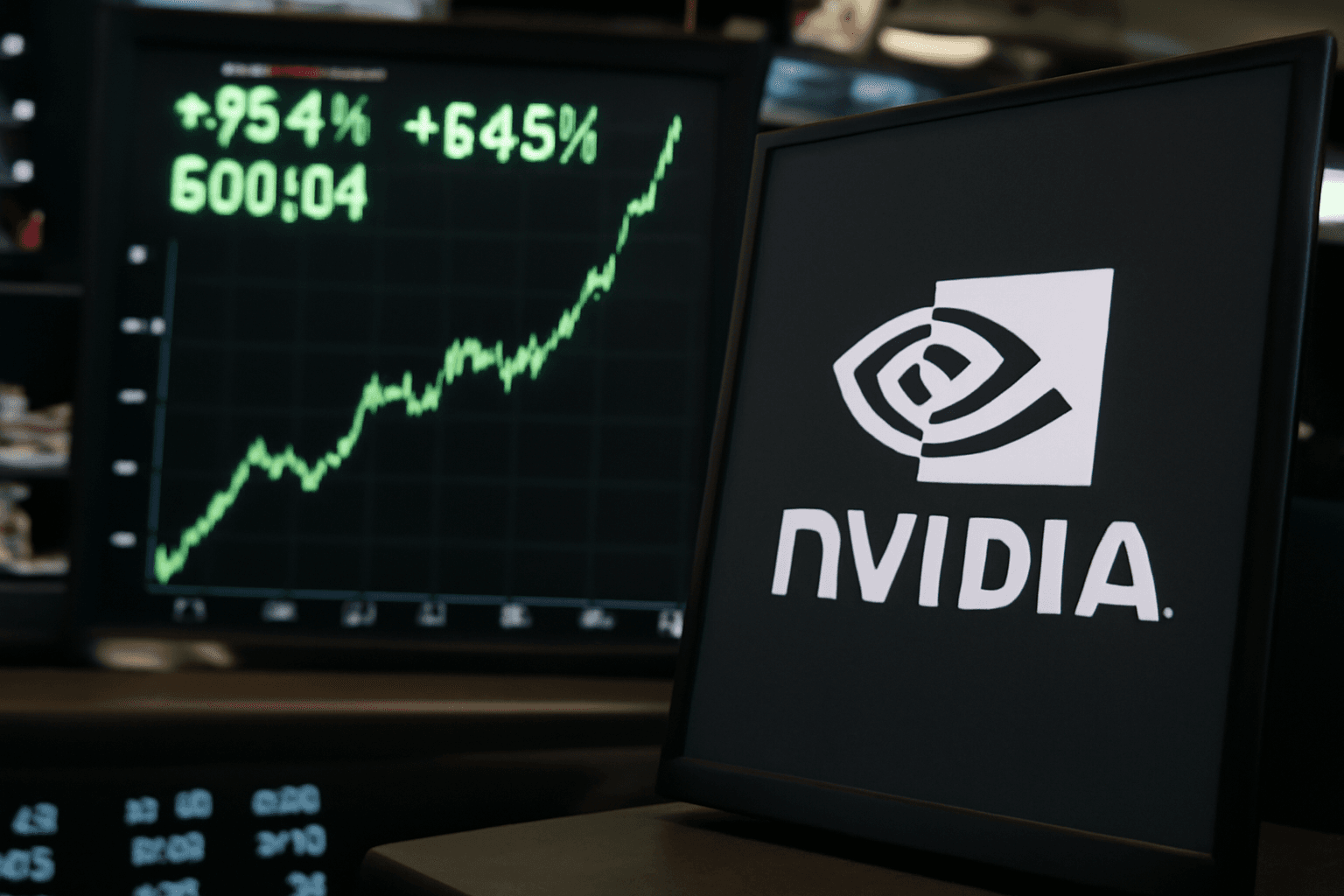Cisco Surpasses Earnings Expectations Amid AI-Powered Expansion
Technology giant Cisco Systems reported its quarterly earnings on Wednesday, narrowly beating Wall Street forecasts and providing an outlook for the upcoming fiscal year that aligns closely with market expectations. The positive results reflect the company’s growing footprint in artificial intelligence (AI) infrastructure, a sector swiftly reshaping the technology landscape.
Quarterly Performance in Detail
- Adjusted earnings per share (EPS): 99 cents, surpassing the 98 cents anticipated by analysts.
- Revenue: $14.67 billion, slightly exceeding the estimated $14.62 billion.
- Year-over-year revenue growth: Up 7.6%, underscoring steady demand in Cisco’s core offerings.
- Net income: $2.82 billion (71 cents/share), a significant rise from $2.16 billion (54 cents/share) in the same quarter last year.
Outlook and Guidance Reflect Steady Confidence Amid Market Complexities
Looking ahead, Cisco projects adjusted EPS between 97 and 99 cents and revenue ranging from $14.65 billion to $14.85 billion for its upcoming fiscal first quarter. These figures closely track analyst expectations of 97 cents per share and $14.62 billion in revenue.
For the full 2026 fiscal year, the company forecasts adjusted earnings of $4.00 to $4.06 per share with revenue between $59 billion and $60 billion. Consensus estimates stand at $4.03 per share and $59.53 billion in revenues, signaling steady investor confidence.
However, Cisco’s Chief Financial Officer Mark Patterson cautioned during the earnings call that while tariff-related uncertainties have somewhat eased, the global business environment remains complex, underscoring the unpredictable geopolitical ramifications on supply chains and trade flows.
Segment Highlights: Networking and Security
Cisco’s networking segment generated $7.63 billion in revenue during the quarter—a robust 12% increase and well above analysts’ predictions of $7.34 billion. Networking remains the backbone of Cisco’s revenue stream, bolstered by increasing demand for upgraded infrastructure amid digital transformation initiatives.
Conversely, the security business grew 9% to $1.95 billion, falling short of the $2.11 billion StreetAccount estimate. The shortfall highlights competitive pressures in the cybersecurity domain, an area where Cisco continues to innovate but faces stiff headwinds.
AI: Cisco’s Growth Engine of the Future
Perhaps most notably, CEO Chuck Robbins spotlighted Cisco’s impressive momentum in artificial intelligence infrastructure. The company recently joined forces with prominent players like OpenAI and SoftBank in a Middle Eastern data center initiative, aiming to capitalize on surging AI investments globally.
Robbins shared that the company recorded $800 million in AI infrastructure orders from major web companies in the last quarter alone, contributing to more than $2 billion in AI-related sales throughout fiscal 2025—more than twice Cisco’s original target. These AI orders predominantly support back-end networks that link the specialized processors critical to machine learning workloads.
Beyond hyperscale web providers, Cisco’s AI infrastructure pipeline among enterprise customers stands in the hundreds of millions, reflecting a broadening base of AI adoption across industries.
“I don’t feel like AI’s a fleeting trend,” Robbins stated emphatically, emphasizing Cisco’s long-term commitment to AI-driven innovation.
Market Reaction and Broader Implications
Following the earnings release, Cisco's shares climbed approximately 19% year-to-date, outpacing the S&P 500’s roughly 10% gain, signaling strong investor optimism. This healthy performance underscores how legacy technology firms can revitalize growth trajectories by strategically integrating emerging technologies such as AI.
Expert Analysis: Navigating a Complex Environment
From a policy and economic viewpoint, Cisco's cautious acknowledgment of tariff uncertainties points to the broader geopolitical complexities worldwide. The ongoing trade tensions continue to cast shadows on supply chain resilience, an area where Cisco’s networking capabilities could play a critical role in fostering more agile and secure data flows.
Moreover, Cisco’s expanding AI infrastructure business signals an essential shift—not just for the company but for the global tech ecosystem. As industries increasingly embed AI in their core operations, firms capable of delivering scalable and reliable infrastructure will be pivotal in shaping economic competitiveness and innovation leadership.
Unanswered Questions and Future Outlook
- How will Cisco navigate competitive pressure in the cybersecurity segment, where growth lagged expectations?
- What risks might arise from concentration in AI infrastructure orders among a few hyperscale customers?
- Could evolving U.S. and global trade policies significantly impact Cisco’s supply chain and manufacturing strategies?
These are critical considerations as Cisco charts its course through 2026 and beyond.
Editor’s Note
Cisco’s recent earnings report paints a picture of a tech titan successfully riding the AI wave while contending with broader market complexities. The company’s ability to double its AI infrastructure sales target demonstrates foresight and strategic agility, but challenges in cybersecurity growth and geopolitical factors introduce caution. The evolving interplay between technological innovation and geopolitical realities will be key to watch as Cisco—and the industry at large—navigate the coming years.



















